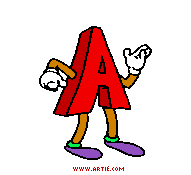 Â Although more costly than drugs, behavioral treatments can improve functioning in many children with attention deficit/hyperactivity disorder (ADHD).
 Although more costly than drugs, behavioral treatments can improve functioning in many children with attention deficit/hyperactivity disorder (ADHD).
Dr. Desiree Murray from Duke University Medical Center in Durham, North Carolina compares different evidence-based behavioral treatments.
The American Psychological Association’s task force on evidence-based treatments recognizes 3 treatments.
- Behavioral parent training (BPT)
- 8 to 16 sessions where parents are taught to implement behavior modification techniques
- Classroom management
- BPT plus it includes techniques such as structuring the environment, providing positive attention and praise, and using appropriate consequences.
- Summer treatment programs
- Intensive 8-week outpatient sessions that provide behavioral training in recreational and academic settings using group-based parent training
There are several reasons to consider adding behavioral treatment to a comprehensive treatment plan.
- Children with ADHD often have many problems, and drugs alone don’t help all of them, particularly academic achievement and peer relations.
- Stimulant drugs combined with behavioral treatments improve the chances of normalizing a child’s behavior.
- Behavioral treatments reduce the doses of stimulant drugs by 20%, potentially reducing side effects.
- Parents and teachers express greater satisfaction with behavioral treatments, which may contribute to better treatment adherence and maintenance.
Despite the evidence, which Dr. Murray reviews in her article, “mental health visits for ADHD (not including medication monitoring) have declined, whereas medication prescriptions are increasing.”
Today, only about 25% of primary care physician visits for ADHD are for counseling of any type, and behavioral therapies are used infrequently in mental health clinics, according to Dr. Murray.
10/28/08 20:40 JR